If you’ve ever taken it upon yourself to upgrade a dated piece of furniture, you know that it’s no easy feat. Half the battle is deciding on colors and patterns, and the other half is finding an upholsterer who can do the job right. Upholsterer and author Amanda Brown of Spruce Upholstery is renowned for her sweet shop and studio in North Austin, as well as her impeccable ability to transform old furniture into fabulous new conversation pieces. We caught up with the lovely lady to take a peak at her inspirational space, and find out a little bit more about her creative process…
*photography by kim jones

When you first became interested in textiles:
In high school, I discovered a handbag designer at the Artists’ Market on Guadalupe. She had a wonderful way of mixing vintage and new textiles and different patterns, colors, and textures in her purse designs. It was so fascinating to see which fabrics she would pair, I would visit the market just to see her new stock. It inspired me to collect my own textiles, and a few years later, I started making and selling purses with the textiles I curated.

Your work in 5 words:
Physical, engrossing, meticulous, systematic, and colorful.

Your favorite materials to work with:
Large prints, especially on a course, crisp linen. I also love the luxury of leather and how it gets a lovely, aged patina the more it’s used.

How is your creative process influenced by your environment?
I find any process that produces a before and after thrilling (even mowing the yard!), so being around a steady stream of beautified projects keeps my wheels turning at a rapid pace. Each new piece encourages me to try a different frame and fabric combination. Talking with customers about their upholstery projects also keeps me on my toes and searching for fresh ideas.
Austin in particular is full of people searching for their own unique style, who are rarely satisfied with what’s been done before. I like rising to the challenge!

The process of upholstery (for dummies):
- Select a piece for rehab and its new fabric.
- Strip off the old padding and fabric.
- Pad and attach the fabric on each part of the furniture in this order:
- seat
- inside arms
- inside back
- outside arms
- outside back

Tying coil springs for a tight seat:
1. Flip the chair over and determine the maximum number of webbing strips that will fit horizontally and vertically on the chair. The webbing will be the foundation for the springs.

2. Use a webbing stretcher and then staple webbing to the bottom of the frame, evenly spacing the strips.

3. Do this until it’s all covered.

4. Hand sew the coil springs down for smaller projects like this one, then tie horizontal and vertical rows of twine for a tight seat.

5. On top of the webbing and springs, layer materials in this order:
- burlap
- cotton batting
- foam
- dacron
- fabric

Amanda’s daughter inspired her to start upholstering miniature furniture, like this precious green wingback chair.

How many hours of labor go into a single piece of furniture?
It really depends on the piece and skill level of the upholsterer. For a proficient upholsterer, a sofa can take 30-40 hours. When I took my first upholstery class, it took 40 hours to upholster an arm chair with two cushions.

About 70% of Amanda’s work is commissioned for clients, but the pieces for sale in the front of her store are Amanda’s creative outlet. Her personal upholstery style: art deco, jewel tones, oranges and greens.
Pictured here is a gorgeous sleek chaise lounge chair, upholstered in a watercolor fabric.

Your favorite project thus far in your career:
The most fun (and comical) by far was a GIANT wingback chair I upholstered in leather by Kyle Bunting. When it was delivered to the shop, we had traffic stopped on North Lamar from all the rubberneckers, and I had to stand on the seat to upholster the back.

Where you find inspiration:
I’m a magazine and design book hoarder. I have every issue of Domino and Elle Decor from the past decade and a wishlist a mile long on Amazon for all the upcoming design books. A few of my favorite past purchases include Hue by Kelly Wearstler and The Perfectly Imperfect Home: How to Decorate and Live Well by Deborah Needleman.
I’m also incredibly inspired by other people’s homes and work spaces. Every time I visit a hands-on workshop or a friend’s home, I immediately dream up new ways to recreate Spruce or my own home.

Some challenges you face creatively and as a business owner:
It’s so amazing to take a passion and turn it into a means of supporting yourself, but you inevitably lose a part of that creative outlet in your personal life. Sometimes I miss the times when reupholstering my sofa was just for fun and not an extension of work. As a business owner, I find it more difficult to be satisfied with my productivity and work. I’m my own critic, and I expect a lot from myself. Although I’d much rather be busy than searching for work, there’s really no end to my responsibilities. Each day’s list goes on into infinity, so it’s a struggle to shut down and say, “I did enough today.”

What advice would you give to a young person trying to turn their creative passion into a business?
Be adaptable. The sparkly vision you have in your head may not be the perfect scenario for a thriving business. It’s ok if you have to change your course to get back on track, and often, you’ll find a more scenic route by doing so.

Spruce is a step-by-step guide to upholstery that will help you breathe new life into the most drab of furniture pieces. Purchase it here to get started!

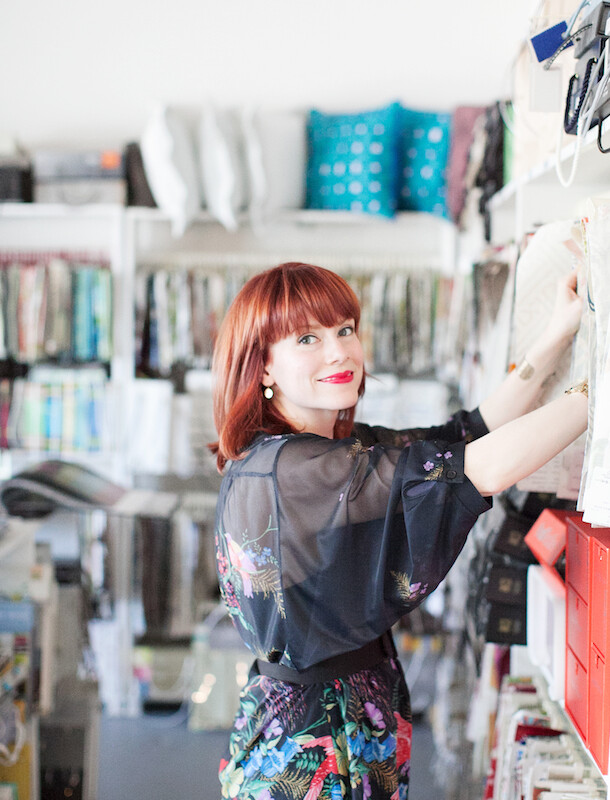
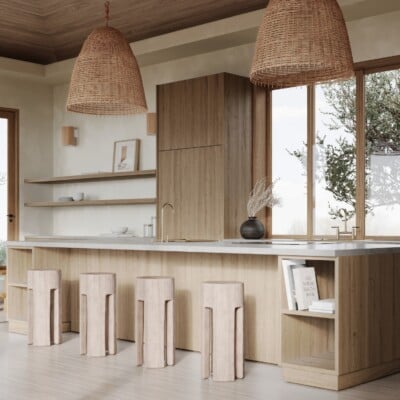
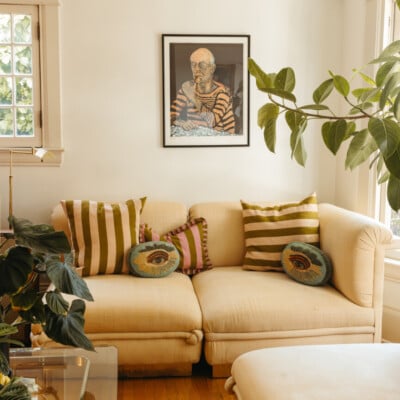
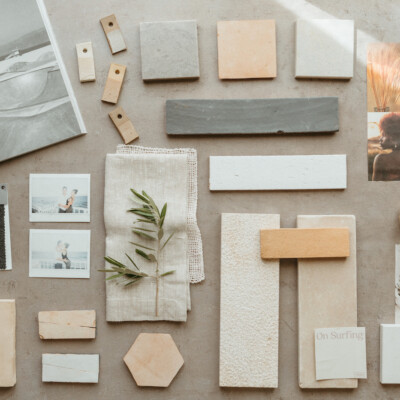
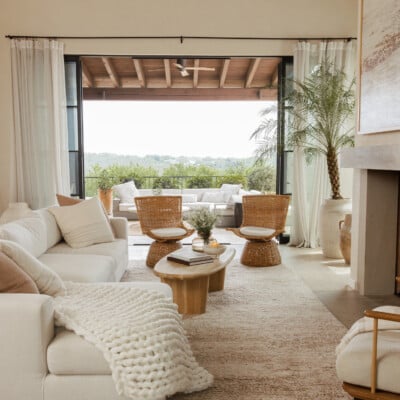
Thanks for coming out and taking photos of the shop! We had a lot of fun hosting Chanel and Kim. Great work!
I did my own reupholstering project last year and it was a beast! Looks like Amanda does it with ease!
x Lily
http://whilemyboyfriendsaway.blogspot.com/
My absolute pleasure! Could have easily hung around and gabbed with you ladies all day… thanks again for having us over 🙂